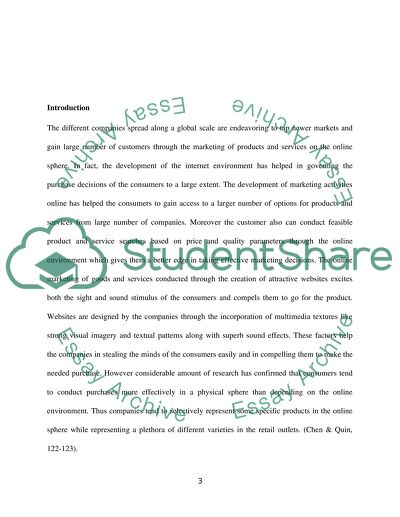Cite this document
(“Discuss and critically analyse the perceptual factors that affect Essay”, n.d.)
Retrieved from https://studentshare.org/environmental-studies/1414071-discuss-and-critically-analyse-the-perceptual
Retrieved from https://studentshare.org/environmental-studies/1414071-discuss-and-critically-analyse-the-perceptual
(Discuss and Critically Analyse the Perceptual Factors That Affect Essay)
https://studentshare.org/environmental-studies/1414071-discuss-and-critically-analyse-the-perceptual.
https://studentshare.org/environmental-studies/1414071-discuss-and-critically-analyse-the-perceptual.
“Discuss and Critically Analyse the Perceptual Factors That Affect Essay”, n.d. https://studentshare.org/environmental-studies/1414071-discuss-and-critically-analyse-the-perceptual.


